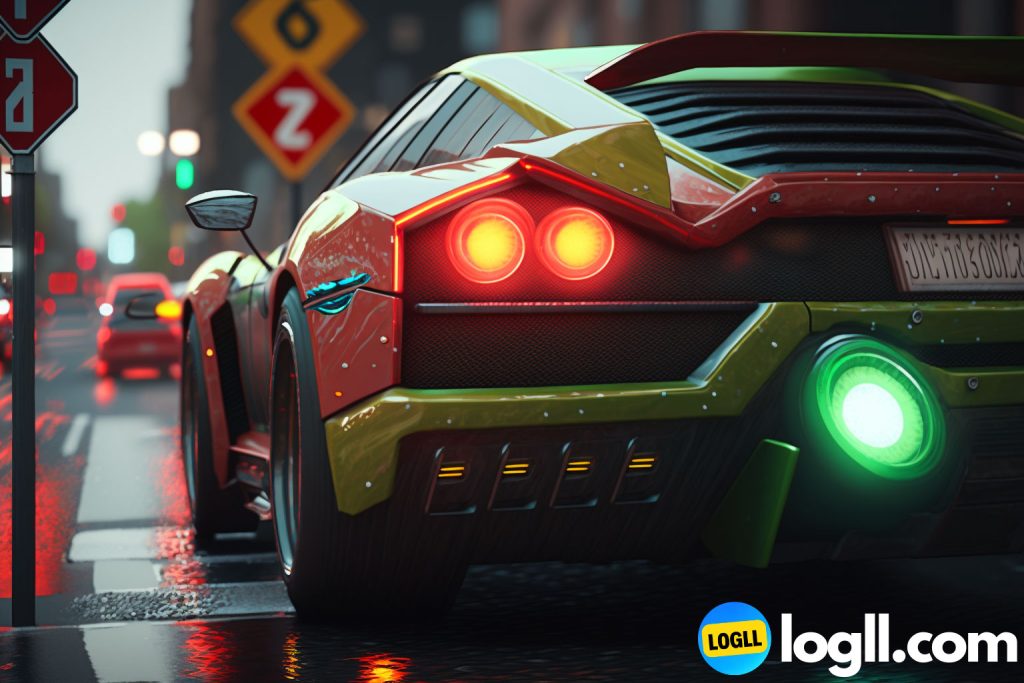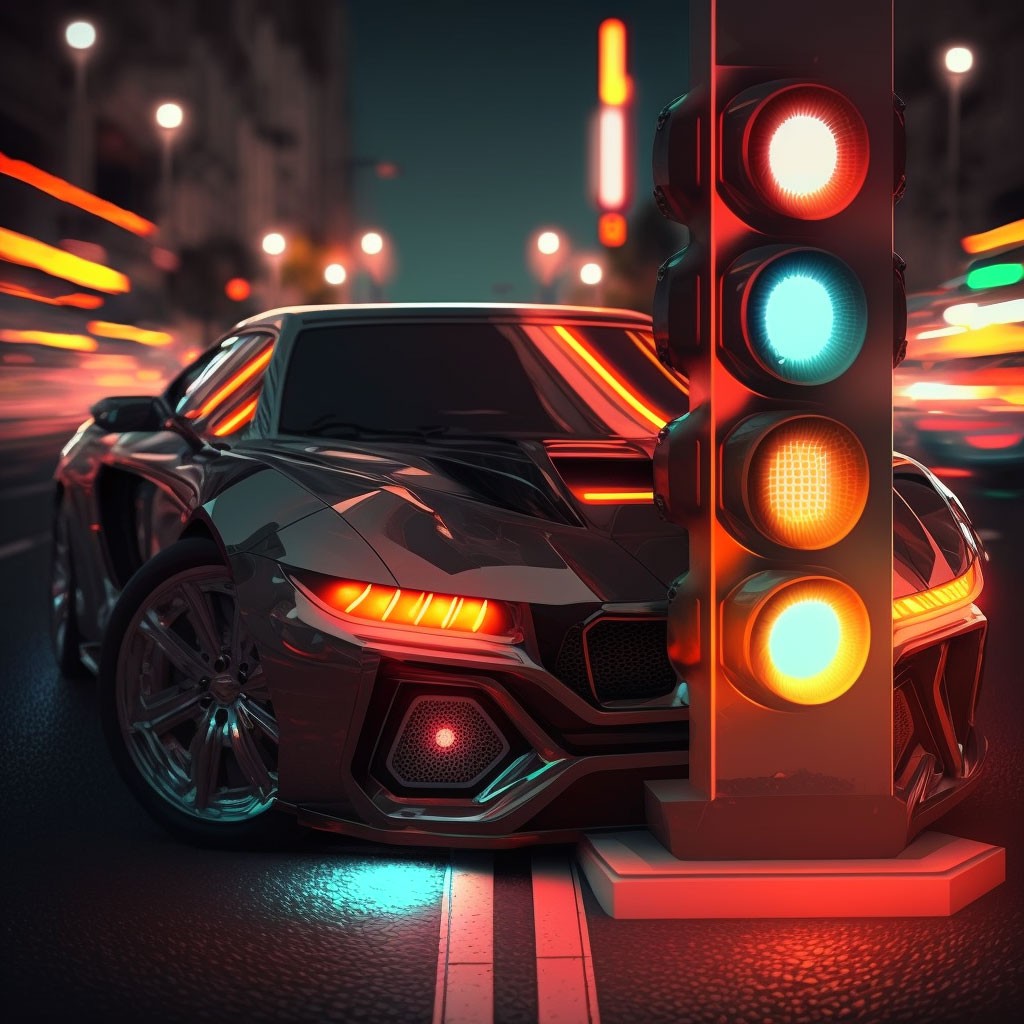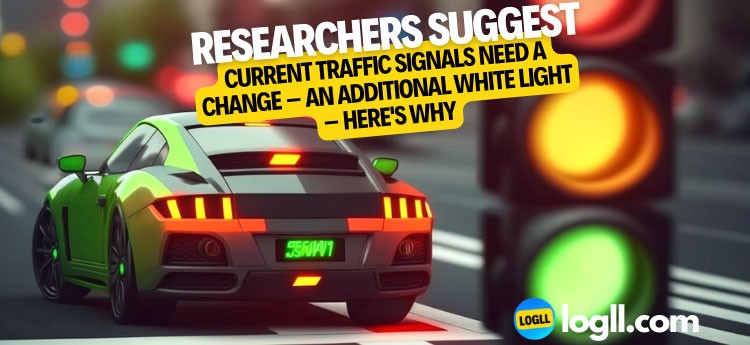Cutting-edge research conducted by transportation engineers at North Carolina State University suggests that adding a fourth white light to traffic signals could revolutionize the way autonomous vehicles (AVs) navigate intersections.
How the White Light Can Benefit Both AVs and Human Drivers
The concept, known as the “white phase intersection,” would allow AVs to communicate wirelessly with each other and with the main computer controlling the traffic signal. This could significantly improve travel time and reduce fuel consumption.

The white phase intersection concept uses the computing power of AVs to gather data and predict the optimal flow of traffic at intersections. When enough AVs approach an intersection, the white light on the signal will activate, letting human drivers know to follow the vehicle in front of them for the best traffic flow. The majority of vehicles at the intersection will still be human-driven, and the signal will revert back to the traditional green-yellow-red pattern.
The Advantages of the White Phase Intersection
Researchers used specialized microscopic traffic simulators to compare the efficacy of the white phase intersection. They found that the number of AVs at an intersection directly affects the improvement in traffic flow. While the white phase concept has limited benefits if AVs account for only 10 to 30% of the total vehicles, the benefits multiply as the number of AVs increases.

The Future of Autonomous Driving
While the white phase intersection is still in its early stages, the future of the autonomous driving sector points to a scenario where self-driving cars will outnumber human drivers on the road. It will take time for the technology to be adopted and for governments to implement the white light at traffic signals, but the potential benefits make it a future worth planning for.

Latest video on #GoogleBard and the #JamesWebbTelescope. The #AIChatbots industry is heating up, with Google facing some challenges in keeping up with the sustained popularity of #OpenAI's #ChatGPT. Can Google bounce back and improve Bard? #AI
— Logll Tech News (@LogllNews) February 10, 2023
👉Video: https://t.co/FU9KDTFMnE
⭐️⭐️⭐️⭐️⭐️ New Releases
RUBY Space Triangles Hanger Hooks, AS-SEEN-ON-TV, Cascade Hangers to Create Up to 3X More Closet Space, Easy to Use Slip-Over Design, Organize Shirts, Pants, Jackets, Heavy Coats, Accessories & More
Handy Gourmet Original Triple Candy Machine-Fun Candy & Nut Dispenser-New & Improved (Pearl White), Standard
$25.89
Saolife Automatic Cat Laser Toys, Interactive Laser Cat Toys for Indoor Cats / Kitty / Dogs, Cat Laser Toy Automatic
$19.99
Recommended reading: 5 Tips for Beginner Bitcoin Traders

(Image credit: logll.com)
The Bottom Line
https://youtu.be/V7gw8_1Qf48
Adding a fourth white light to traffic signals can be the solution to the problems of traffic flow and fuel consumption. The concept of white phase intersections, still in its infancy, holds great promise for the future of transportation.









